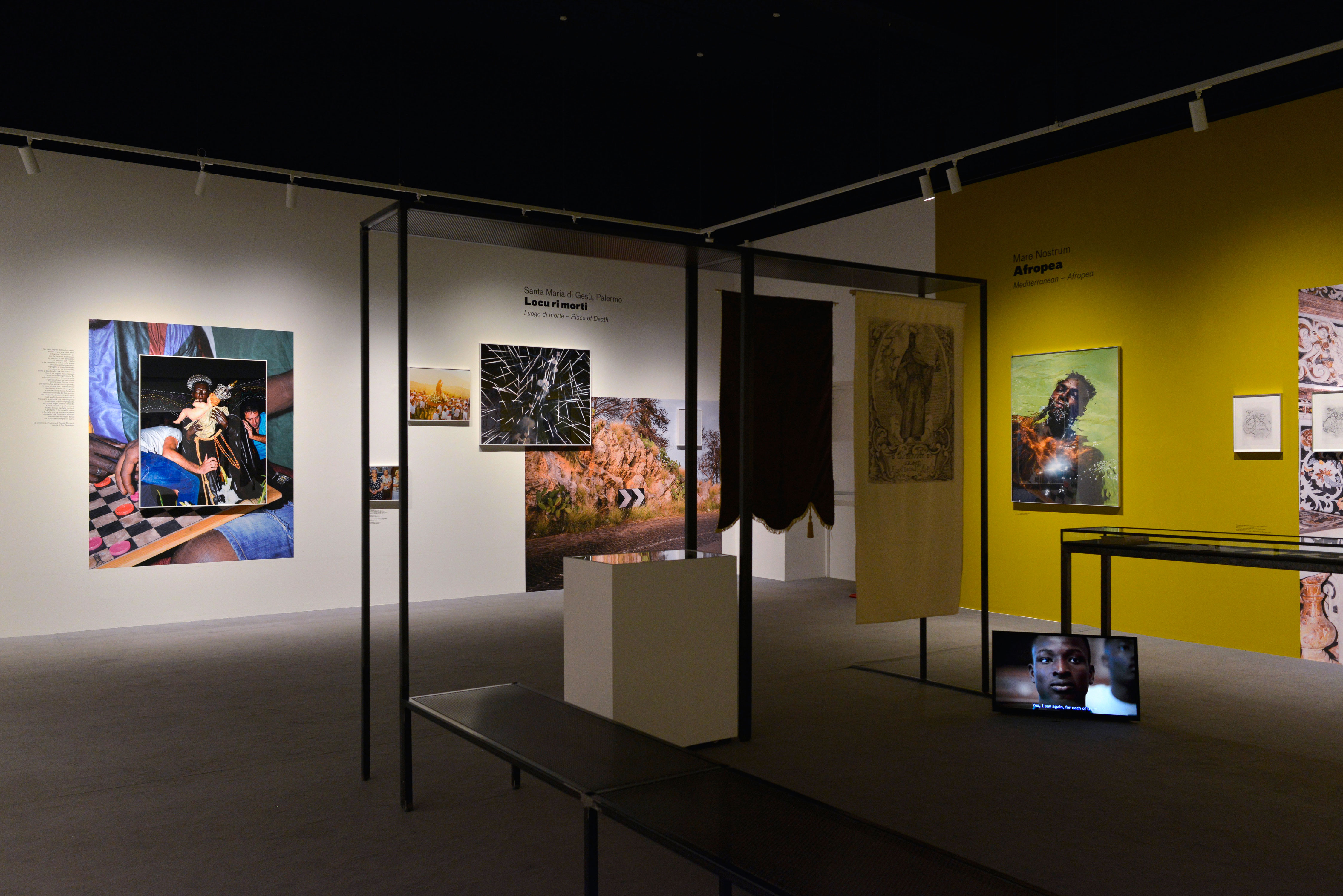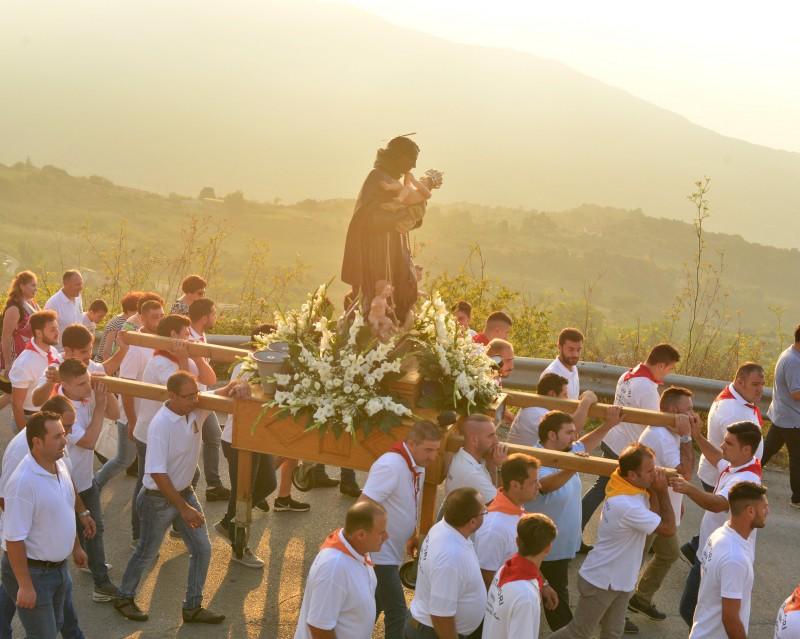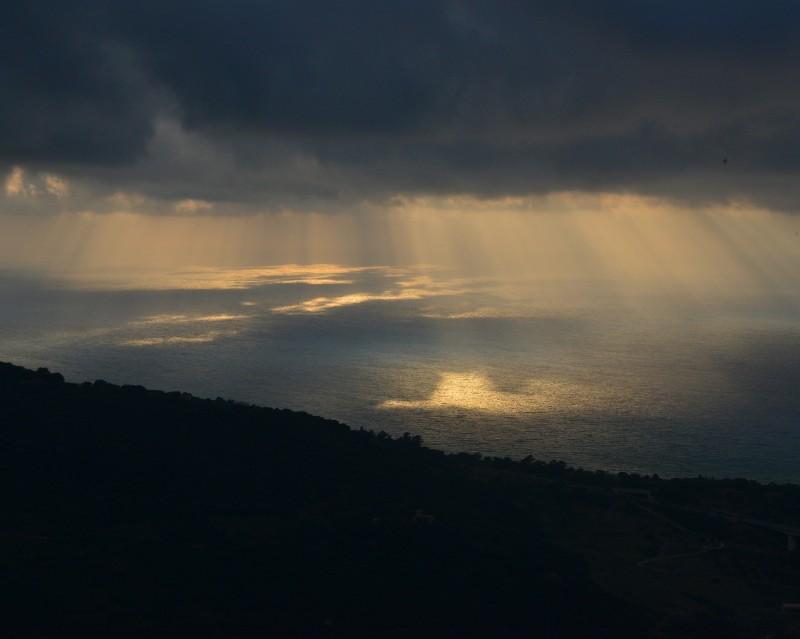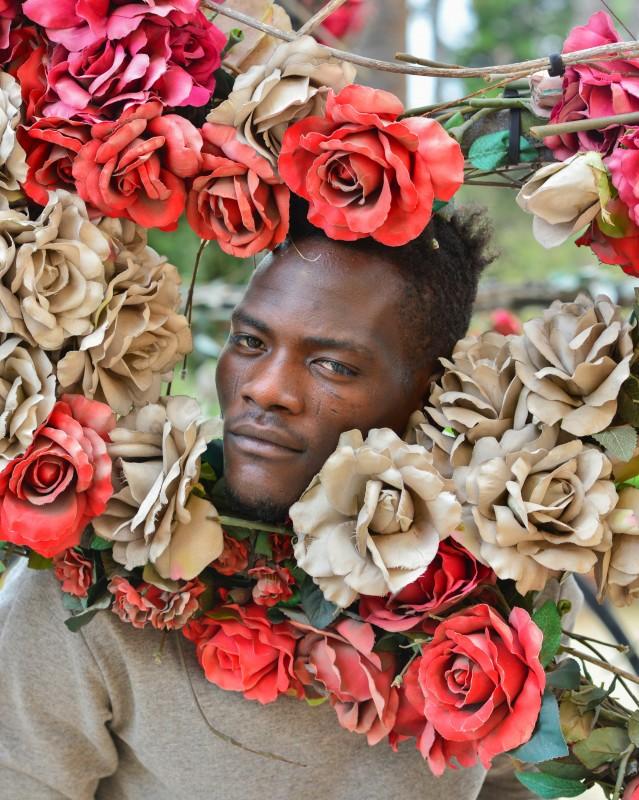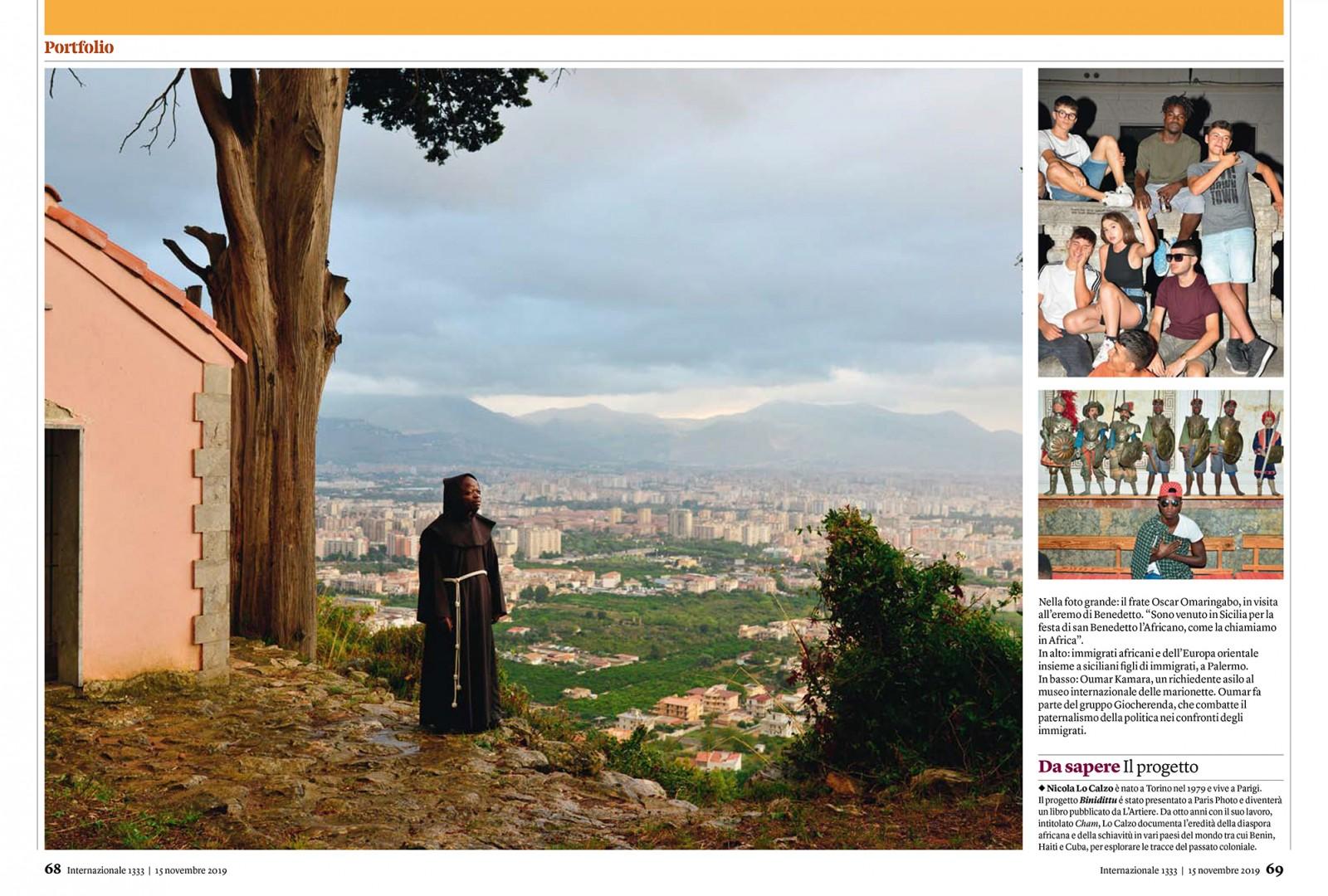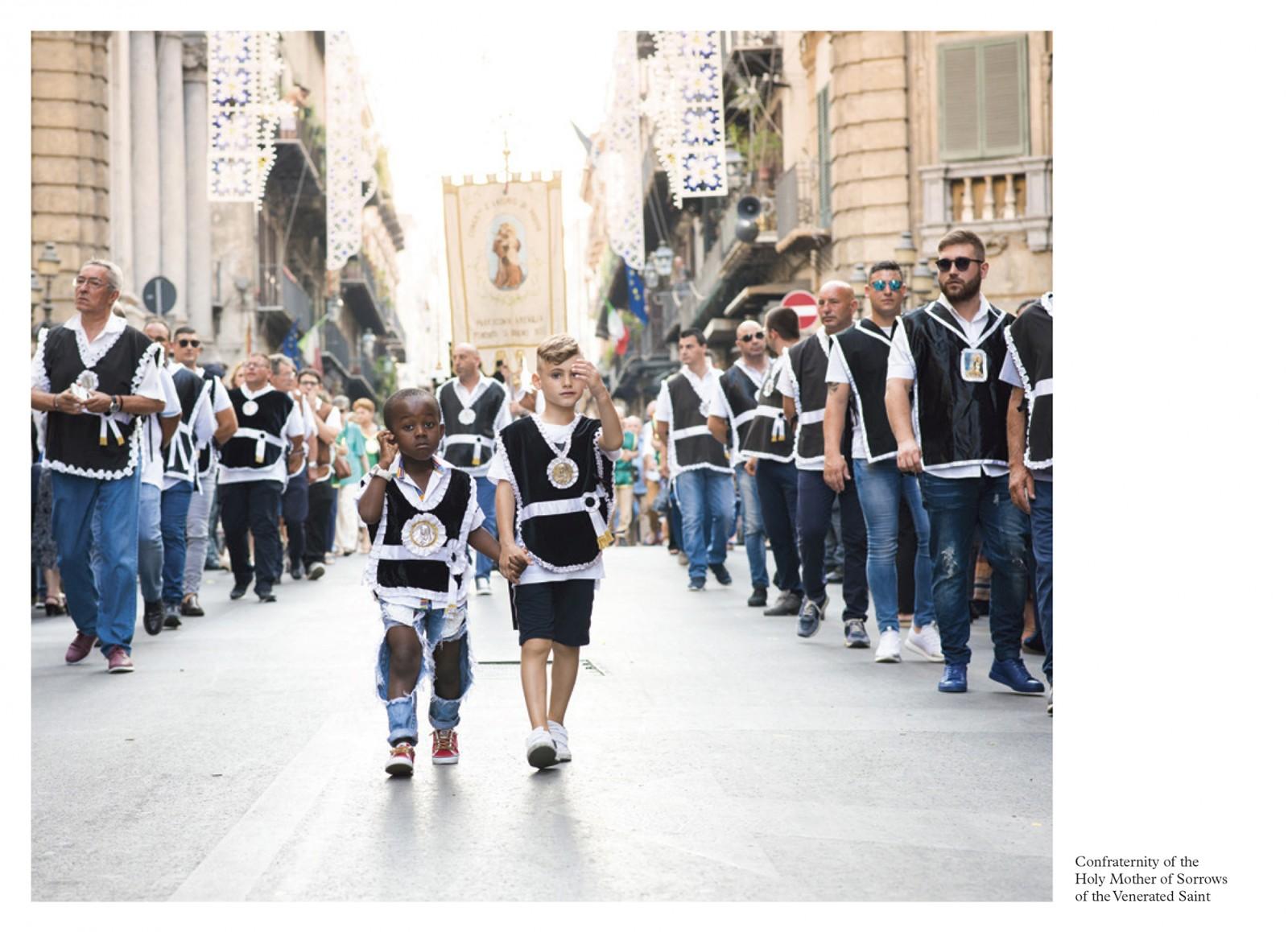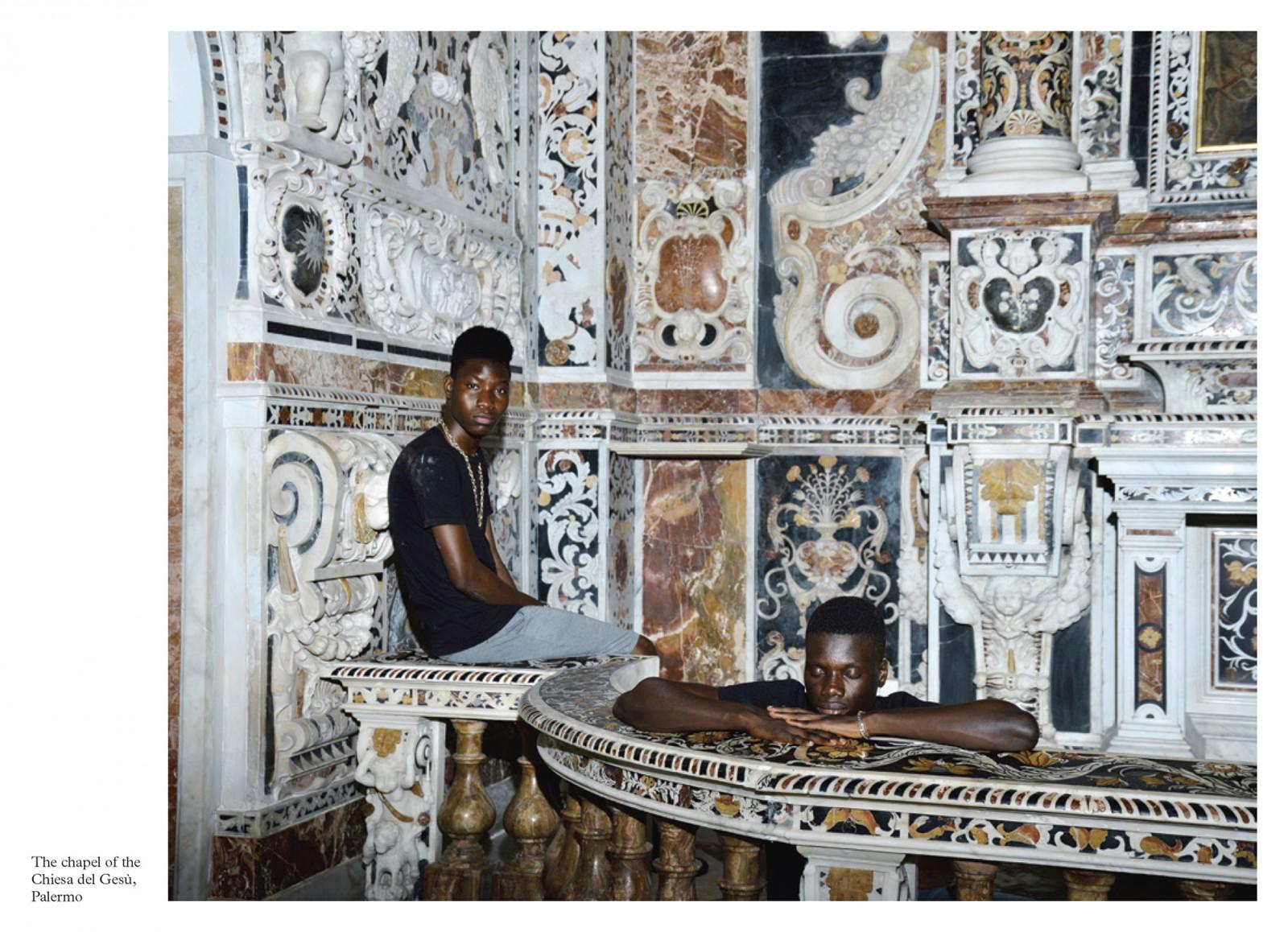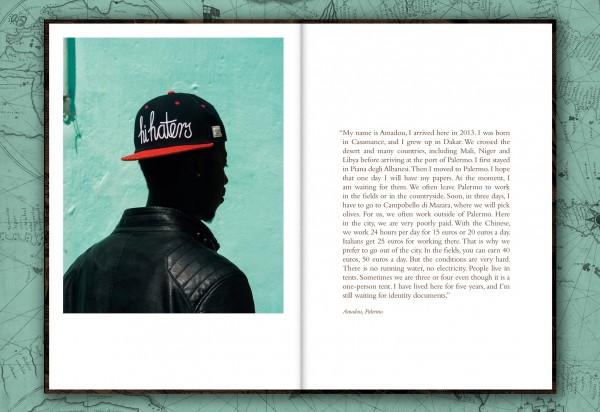Binidittu or The Invisible Man
Binidittu explores the (in)visibility of contemporary African migrants in the Meditteranean through the exceptional, although little known, figure of Saint Benedict the Moor - son of enslaved Africans, who became the first Modern black saint in history (Sicily 1524-1589). Binidittu questions the amnesia of Europe and Italy with respect to the historical presence of Afropeans, of which Saint Benedict the Moor is one of the most highly representative figures.
I crossed paths with the figure of Benedict in Colombia. I was in Bogotà to start research on the memories of the palenques, the Maroon communities established in the forest, on the borders of colonial rules. At the time, having already started the Cham project a few years before, I was immediately intrigued by a certain san Benito de Palermo, as he is called in the districts of Giròn, to whom worship is still dedicated and altars are erected. What could be the connection between Giròn and Palermo? Pushing myself into the research, an unprecedented cartography of memory opened to my eyes and I realized the surprising circulation of the saint among the black communities from Latin America to Central Africa. At that moment, Benedict became a familiar figure. He guided me on a long journey back to Italy on the trail of his holiness, but above all looking for the historical figure, the man in flesh and blood, whose "uncorrupted" body is still preserved and venerated in the city of Palermo and whose intricate story, historical and symbolic, of the Mediterranean as much as the Atlantic, as local as it is global, never stops providing me with more questions.
The project can be broken down into two parts: the first focuses on the legacy of Saint Benedict the Moor, the Sicilian devotees who worship him and their multiple representations and discourses. The second focuses on the complex experience of the African diaspora living in Sicily. With some exceptions, in which the figure of Benedict, or Benedetto as he is called in Sicily, is occasionally reclaimed as a symbol of the anti-racist struggle, these two worlds rarely intersect.
Binidittu emerges as an allegory of our time: an encounter between the Mare nostrum and the world, between oblivion and memory, between racism made commonplace and our shared humanity, between the Sicilian people’s aspirations and African migrants’ hopes of freedom and dignity as they drift towards Europe’s shores.
Nicola Lo Calzo, January 2021
